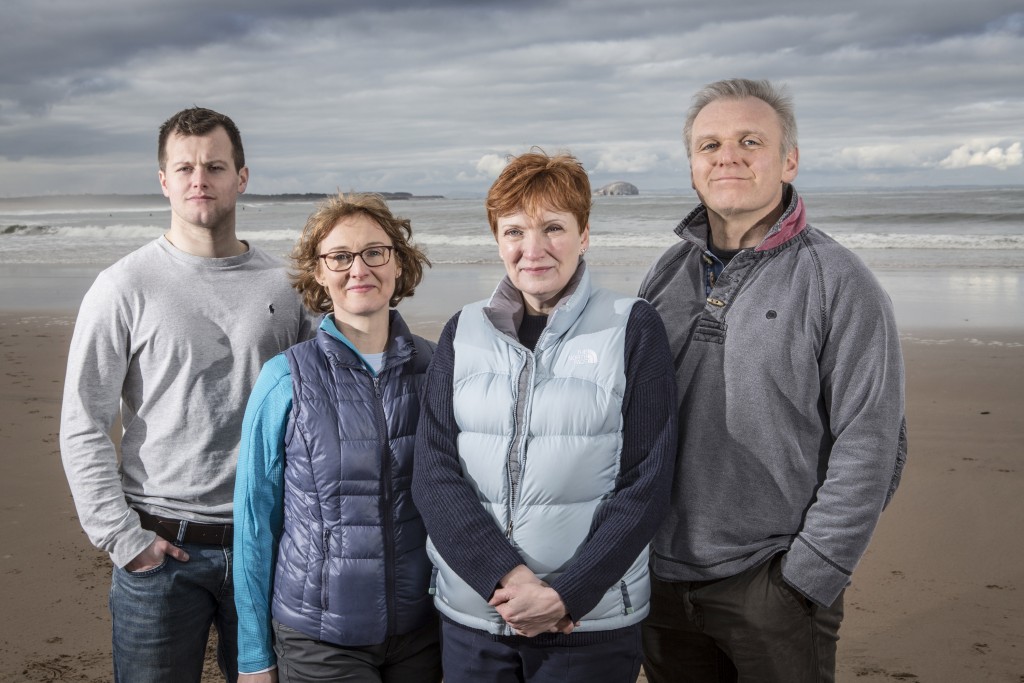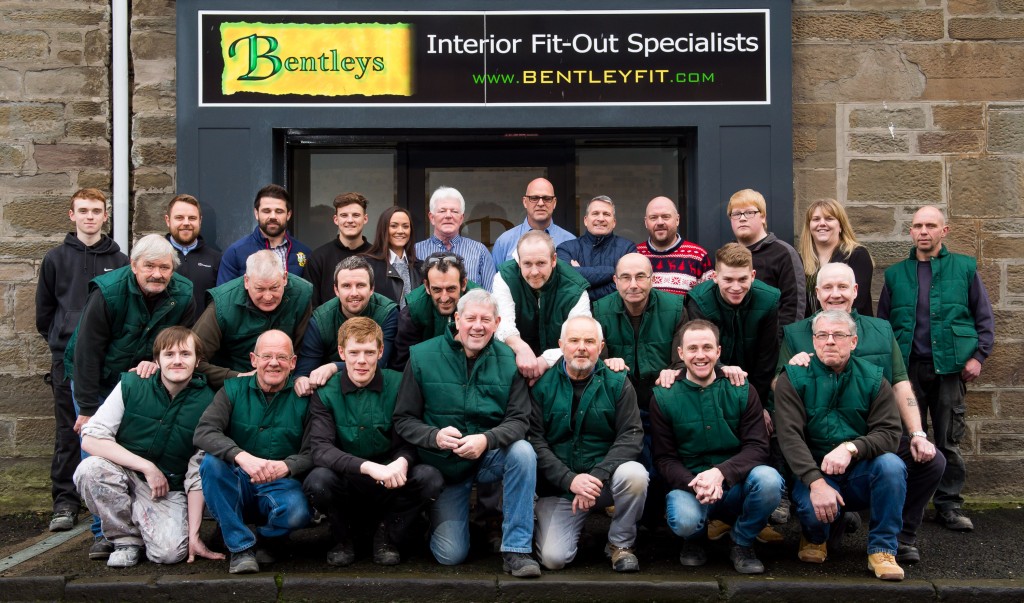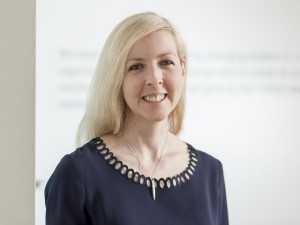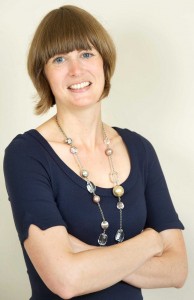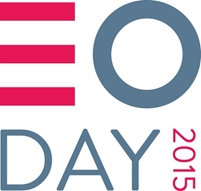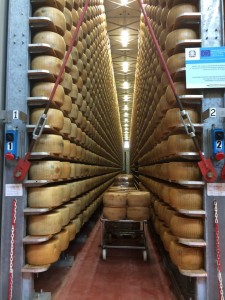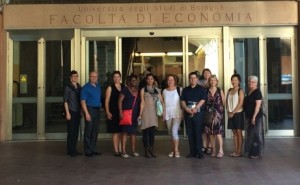We’ll be taking a closer look at each of our Collaboration Prize winners and learning more about their plans for the future. Next up is Healthworks…
Healthworks is a new consortium formed of health and wellbeing professionals based in East Lothian. It works in partnership with businesses to optimise their employees’ physical, psychological and personal wellbeing,
Comprising four member businesses, Healthworks offers a range of expertise in areas including physiotherapy, nutrition, psychological therapies and counselling, fitness training, behavioural risk management training and employee health assessments. Working with businesses to identify the health and behavioural risks and barriers that prevent them from getting the best from their employees, Healthworks develops innovative, integrated health and wellbeing services and solutions that clients can ‘own’. Each service is designed to address the unique needs and culture of the individual business and delivered in the way that best meets their needs.
Karen Davison from Healthworks spoke to us about winning the Prize: “We are thrilled to have been selected as one of the winners and are looking forward to working together to develop programmes which will have a wide-reaching benefit for both employees and their employers. The generous prize will help us brand, package and promote our offering to get it in front of the right people, as well as enable us to develop new resources and tools to boost the services we can deliver, both face to face and online.
“Working together in this manner is beneficial for many reasons – not only does it allow us to access more opportunities and secure larger scale contracts, it also gives us all an excellent degree of professional satisfaction. Delivering a truly comprehensive service that reflects the many intricate aspects of an individual’s health and wellbeing requires a tailored approach incorporating expert knowledge and experience across a range of disciplines. We believe collaboration is the most effective way of providing this, and are hopeful that we can continue to develop our offering as we are joined by members in further areas of expertise.”
The member businesses in Healthworks are:
- Dovetail Partnerships (North) Ltd, East Lothian
- First for Fitness, East Lothian
- Midlothian Physiotherapy LLP, Midlothian
- Marney Ackroyd, Edinburgh
